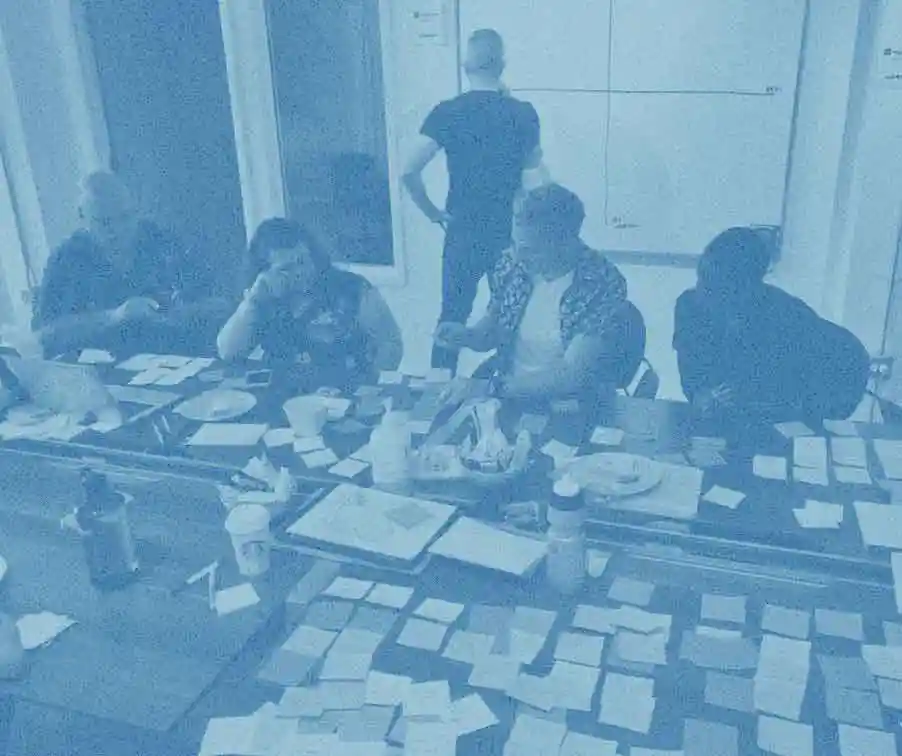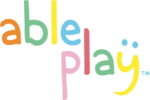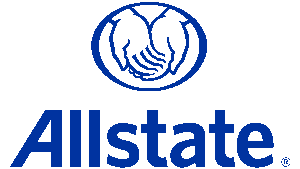Our Accessibility Services
Create more inclusive digital experiences.

Improve Usability
& Inclusion
Are you creating inclusive digital experiences as new and evolving accessibility legislation takes shape? Accessibility and inclusive design services from Mightybytes can help.
Benefits
For You
If you hire Mightybytes for accessibility and inclusive design services, you can expect the following benefits.
Inclusion
Setting accessibility as a baseline fosters more inclusive thinking throughout a project.
Compliance
Prioritizing web accessibility reduces risk and improves legislative compliance.
Usability
Improving digital accessibility typically also improves overall product usability.
Sustainability
Inclusive design practices often improve sustainability and performance metrics as well.
Our Accessibility Services
Mightybytes offers the services below to help your team prioritize accessibility and inclusive design.
Mightybytes will audit your website or product to identify potential issues that keep people with disabilities from having meaningful experiences.
- When to use it: when you want to better understand your website or product’s accessibility issues
- Deliverables: audit report
- Timeline: depends on the number of pages being tested
Implemented in tandem with the audits above, our team will address accessibility issues flagged in an audit or report.
- When to use it: in tandem with an accessibility audit to address known compliance issues
- Deliverables: audit report with detailed list of known accessibility issues
- Timeline: depends on the number of pages being tested
We’ll train your team how to address accessibility features and create workflows that maintain high levels of accessibility over time.
- When to use it: when your team needs to understand how to manage and address accessibility features to maintain a compliant website or product
- Deliverables: virtual or in-person workshop with leave-behind training materials
- Timeline: typically two to three weeks
By default, Mightybytes uses software emulators coupled with our team’s accessibility experience to identify issues. This saves our clients time and money. However, software-based accessibility testing tools have known shortcomings and can potentially miss some problems.
To address this, we partner with Access Living to provide more rigorous manual accessibility testing conducted by people using assistive technologies.
- When to use it: in tandem with remediation above when you need rigorous accessibility testing to catch the most issues possible
- Deliverables: accessibility testing report
- Timeline: depends on the number of pages being tested
How our Accessibility Process Works
We aim to help our clients become self-sufficient in addressing digital accessibility and inclusive design issues. To do this, we employ the following process.
Define Goals
Define realistic short- and long-term accessibility goals, then chart a course to achieve them.
Audit Product or Website
Auditing your current website or product will help you understsnd how to achieve your accessibility and inclusive design goals.
Remediate Accessibility Issues
Accessibility fixes based on audit data can be applied to an existing website or implemented as part of a product redesign.
Team Accessibility Training
Train your team to maintain high accessibility standards over time.
Accessibility Reporting
Finally, ongoing insights and analysis help conscientious product teams stay on top of potential accessibility or inclusive design issues as they arise.
Our Agency Methodology
Learn more details about Mightybytes’s proven, time-tested agency process.
Accessibility
Clients
Here are just a few organizations we have helped with accessibility.





Mightybytes was absolutely instrumental to our website project, helping our team stay on track every step of the way. From navigating the early stages of the planning process to helping us iron out the small details as the project neared completion, Mightybytes remained responsive and attentive, ensuring the process was as collaborative as possible, even during the COVID-19 pandemic.
We’re proud to have worked with them to create an accessible website that truly meets all of our needs and look forward to continuing to work with them.
— Emily Ladau | Digital Content & Community Manager | Disability & Philanthropy Forum

Accessibility Case Study
See our accessibility services in action. This case study shows how prioritizing accessibility and inclusive design as a baseline helps national disability rights advocacy organization Access Living better serve their community.
Frequently Asked
Questions
Not sure how your team or organization might benefit from accessibility or inclusive design services? Here are the five most common questions we receive.
Mightybytes does not provide legal advice nor can we guarantee that our services will prevent accessibility lawsuits. However, together we can craft an organizational accessibility governance plan that includes ongoing due diligence and proves your long-term commitment.
Automated accessibility testing uses software tools to quickly identify potential accessibility issues with a digital product or service. However, automated testing tools may miss up to 50% of all potential issues. On the other hand, manual testing utilizes assistive hardware and software technologies operated by people with disabilities to identify a much wider and more thorough range of accessibility issues.
See our Partners page to learn more about how we partner with Access Living to deliver manual accessibility testing solutions.
Digital accessibility requires a long-term, organization-wide commitment that involves many stakeholders, including content creators, product managers, web admins, marketing teams, and agency partners. Team training, ongoing audits, and regular remediation efforts will go a long way toward maintaining accessibility compliance over time.
Accessibility is a prerequisite to inclusive design and includes physical as well as virtual spaces. Digital or web accessibility is specific to websites, mobile applications, and other digital products or experiences.
While accessibility focuses specifically on people with physical and cognitive disabilities, inclusive design invites a broader range of stakeholders into the design process, including people of all ages, those who use older devices or live in rural areas, members of the LGBTQIA+ community, multilingual or international speakers, people of varying cultural backgrounds, and so on.
Plugins, widgets, or ‘overlays’ may seem like an attractive option to remediate accessibility issues. However, these tools can cause a wide variety of problems and don’t address many issues outlined in W3C’s Web Content Accessibility Guidelines (WCAG). Conformance to WCAG 2.x is defined as meeting all requirements of the standard. Overlays cannot repair all possible accessibility issues on a website or other digital product.
For these reasons, we don’t recommend using overlay products. The Overlay Fact Sheet covers this topic in great detail. We recommend reading it before considering an overlay or automated accessibility solution.
Why
Mightybytes?
27
Deeply Experienced
We have delivered hundreds of successful projects since opening our doors in 1998.
171.8
Responsible & Accountable
Our B Corp score of 171.8 reflects a strong commitment to transparency and accountability.
7
Small but Mighty
We're an experienced team dedicated to building trust through meaningful service.
4.5
Highly Rated
We have 4.5 star ratings on popular review platforms like Clutch and Google.
Our Accessibility Statement
Learn more about how Mightybytes folds accessibility and inclusive design into our business model.
Still have Accessibility Questions?
Schedule a free strategy call with Tim.
